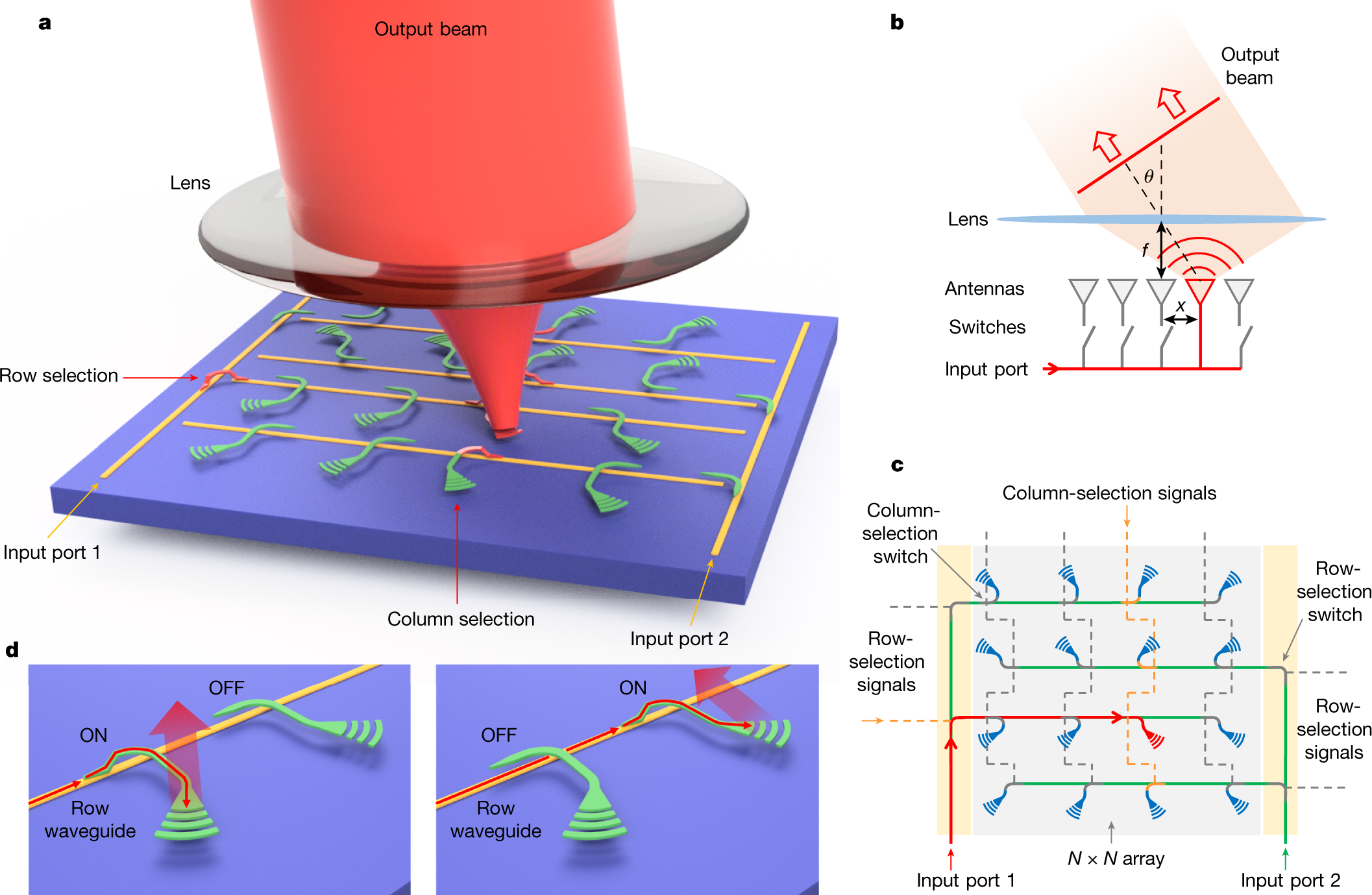2022-03-17 南洋(ナンヤン)理工大学(NTU)
・研究チームは、専門誌「ACS Nano」に掲載された研究の中で、化学物質を使用しない印刷技術と金属支援化学エッチング(表面のコントラストを高めてナノ構造を可視化する方法)を組み合わせると、均一性と拡張性に優れたナノワイヤ(円柱状のナノ構造)を持つ半導体ウエハが得られると報告しました。
<関連情報>
- https://www.ntu.edu.sg/news/detail/new-technique-opens-door-to-cheaper-semiconductors-higher-chip-yield
- https://www.ntu.edu.sg/docs/default-source/corporate-ntu/hub-news/scientists-from-ntu-singapore-and-korea-s-kimm-devise-new-technique-to-increase-chip-yield-from-semiconductor-wafer-.pdf?sfvrsn=b7f365e_1
- https://pubs.acs.org/doi/10.1021/acsnano.1c06781
ウェハースケールレベルの均一性と制御性を有する直接化学吸着支援ナノトランスファー印刷 Direct Chemisorption-Assisted Nanotransfer Printing with Wafer-Scale Uniformity and Controllability
Zhi-Jun Zhao, Sang-Ho Shin, Sang Yeon Lee, Bongkwon Son, Yikai Liao, Soonhyoung Hwang, Sohee Jeon, Hyeokjoong Kang, Munho Kim*, and Jun-Ho Jeong*
Cite this: ACS Nano 2022, 16, 1, 378–385 Publication Date:January 3, 2022
https://doi.org/10.1021/acsnano.1c06781
Copyright © 2022 American Chemical Society
Abstract

Nanotransfer printing techniques have attracted significant attention due to their outstanding simplicity, cost-effectiveness, and high throughput. However, conventional methods via a chemical medium hamper the efficient fabrication with large-area uniformity and rapid development of electronic and photonic devices. Herein, we report a direct chemisorption-assisted nanotransfer printing technique based on the nanoscale lower melting effect, which is an enabling technology for two- or three-dimensional nanostructures with feature sizes ranging from tens of nanometers up to a 6 in. wafer-scale. The method solves the major bottleneck (large-scale uniform metal catalysts with nanopatterns) encountered by metal-assisted chemical etching. It also achieves wafer-scale, uniform, and controllable nanostructures with extremely high aspect ratios. We further demonstrate excellent uniformity and high performance of the resultant devices by fabricating 100 photodetectors on a 6 in. Si wafer. Therefore, our method can create a viable route for next-generation, wafer-scale, uniformly ordered, and controllable nanofabrication, leading to significant advances in various applications, such as energy harvesting, quantum, electronic, and photonic devices.



